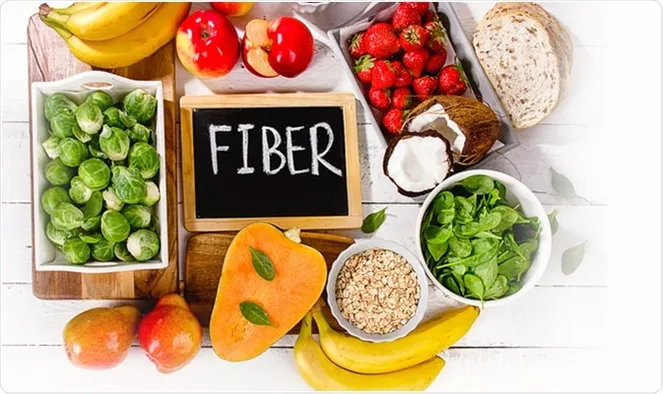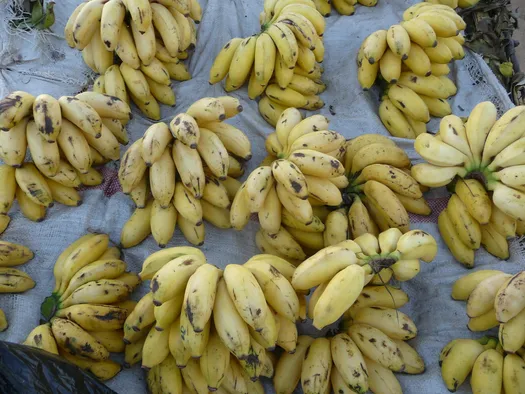Bananas are often touted as a “health” food, especially for active people on the go. This vegan, all-natural treat is believed to have originated over 10,000 years ago, with some scientists claiming they were the world’s first fruit.
They are extremely versatile and easy to digest, with their soft texture making them easy to eat for young babies as well as older populations who might have trouble chewing denser and tougher foods.
Bananas are widely available year-round and are one of the cheapest fruits that you can buy but are these fruits good for people living with diabetes? This article will outline the health benefits of bananas, the pros and cons of eating bananas if you have diabetes, and how (if at all) you should add bananas to your diet.

Banana Nutritional Information
If you’ve heard that bananas are high in carbohydrates, you may be wondering whether they’re a healthy fruit to eat. Bananas are made up of mostly complex carbohydrates, including resistant starch, which offers digestive health benefits. The vitamins and potassium in bananas are good for your blood pressure and overall health.
The nutrition facts for 1 medium-sized banana (100 grams) are :
- Calories: 89
- Water: 75%
- Protein: 1.1 grams
- Carbs: 22.8 grams
- Sugar: 12.2 grams
- Fiber: 2.6 grams
- Fat: 0.3 grams
Fibers
A high proportion of the starch in unripe bananas is resistant starch, which passes through your gut undigested. In your large intestine, this starch is fermented by bacteria to form butyrate, a short-chain fatty acid that appears to have beneficial effects on gut health.

How much sugar is in a banana?
One medium banana (about 126 grams) contains 29 grams of carbs and 112 calories. The carbs are in the form of sugar, starch, and fiber. A medium banana contains about 15 grams of sugar. Bananas do contain simple carbs, which can cause blood sugar levels to rise more than other nutrients.
Bananas contain fiber that promotes satiety
A medium-sized banana contains three grams of fiber. Dietary fiber should be included in your diet because it confers many benefits. Eating mostly low-GI foods can help you keep control of your blood sugar. But they may not always be good for you.
A candy bar and a cup of brown rice can have the same GI value. Be sure to keep nutrition in mind when choosing what to eat. Some of the benefits of dietary fiber in people with diabetes include:
- It slows digestion and the absorption of carbohydrates.
- It reduces overall blood sugar spikes and manages diabetes well.
Eat smaller bananas
Portion control can influence the amount of sugar a person consumes. Bananas are available in many sizes. A person will take in fewer carbs if they choose a smaller banana for example, a small banana that is 6–7 inches long has 23.07 grams (g) of carbohydrates per serving, while an extra-large banana has just under 35 g of carbohydrates.

Ways To Consume a Banana
Bananas can be eaten raw at any time of the day. Preferably eat a green banana or a nearly ripe banana to avoid a spike in blood glucose levels. However, you can get creative and enjoy some delicious meals while managing your blood sugar levels:
- As fruit salad – by mixing it with low GI fruits.
- Replace sugar with bananas while baking cakes, muffins, or bread.
- As a topping for custards and protein shakes.
- Mix with nut butter or a handful of nuts.
- Add bananas as a part of smoothies.

